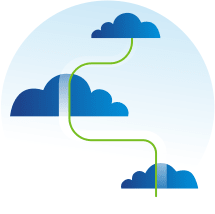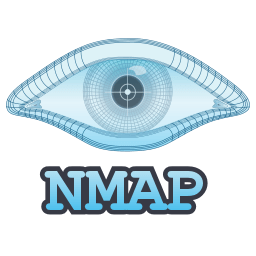Author: Dean Conally
I am a Linux enthusiast and console gamer, dog lover, and amateur photographer. I've been working at Liquid Web for a bit less than two years. Always looking for knowledge to expand my expertise, thus tackling new technologies and solutions one day at a time.
Why Choose a VMware Cloud?

If you have been in the hosting industry for some time, you most likely had to upgrade your hosting package or resize your server at some point. As your business grows, so do the resources needed to run that business. Over the years, someone has most likely recommended a private cloud solution to you. You probably asked yourself why you would need a more expensive private solution like VMware cloud when you have a powerful VPS server or Dedicated server that is perfectly capable of handling your existing traffic.
What are Inodes in Linux?
As you are probably already aware, everything is considered to be a file in Linux. That includes hardware devices, processes, directories, regular files, sockets, links, and so on. Generally, the file system is divided into data blocks and inodes. With that being said, you can think about inodes as a basis of the Linux file system. To explain it more clearly, an Inode is a data structure that stores metadata about every single file on your computer system.
What is NoSQL and How is it Utilized?
What is NoSQL?
A NoSQL or a NoSQL Database is a term used when referring to a “non SQL” or “not only SQL” database. NoSQL databases store data in a different format than a traditional relational database management systems. This is why NoSQL is often associated with the term “non-relational” database. Simply put, NoSQL databases are modern databases with high flexibility, blazing performance, and built for scalability. These databases are used when you require low latency and high extensibility while working with large data structures. The versatility of NoSQL is due to the nature of as being unrestricted in comparison to relational databases models such as MySQL or DB2.
What is Elasticsearch?
Elasticsearch is a distributed, full-text, open-source search engine. It provides multi-tenant capabilities in analyzing aggregate data types from sources like Logstash or Kibana. This application stores and indexes information, which can then be queried for specific data. It returns useful details about a particular program, log analysis, application performance data, or other information.
What is Serverless? A Beginners Guide
What is Serverless?

Serverless computing (or serverless for short), is an execution model where the cloud provider manages and allocates resources dynamically without the need for infrastructure. Resource allocation is based on the as needed, real-time use of your application or website. When running this type of hosting, you are only charged for the amount of resources that our code uses.
How to Install and Correct Dependencies Issues in Ubuntu
What is a Dependency?
A dependency is defined as a file, component, or software package that a program needs to work correctly. Almost every software package we install depends on another piece of code or software to work as expected. Because the overall theme of Linux has always been to have a program do one specific thing, and do it well, many software titles utilize other pieces of software to run correctly.
How to Install Wildfly on CentOS 8
What is Wildfly?
WildFly is a Java runtime application server and software management platform implemented in Java. It is primarily used to provision Java applications and services on a Java-based platform. It is currently developed by Red Hat as open-source software (apart from the community forums) and was better-known as JBoss AS previously. While the WildFly software remains open-source, paid support can be purchased from RedHat if needed. RedHat continues to implement a separate version of this software under the JBoss EAP name.
Using Nmap: Pro Tips and Tricks
Introduction

In this article, we will review the Nmap software program and multiple commands. Nmap is an open-source mainstream tool used by network administrators to scan ports and map networks. Nmap commands are primarily used to identify which ports certain software is running on our system. It is also used to discover available hosts and what services they are offering and detecting potential security risks. Using Nmap, you can check a single host or a complete network. In this tutorial, we will cover several basic as well as advanced Nmap commands in the “Pro Tips and Tricks” section of the article.
How To Install WildFly On CentOS 7
Introduction
In this tutorial, our objective is to install WildFly on an unmanaged CentOS 7 server. WildFly is a managed application runtime server and Java software platform used to provision Java applications and services. It is an open-source software which is consistently being improved by its user community. While the WildFly software remains open-source, if paid support is needed, it is provided by Red Hat who currently develops the software (apart from the community forums). Some may be more familiar with WildFly's previous name, which was JBoss AS. RedHat continues to develop its version of this software under the JBoss EAP name.
How To Install The Latest Kernel Version
In this tutorial, we will learn how to install the latest kernel version on multiple Linux distributions.
Our Sales and Support teams are available 24 hours by phone or e-mail to assist.

